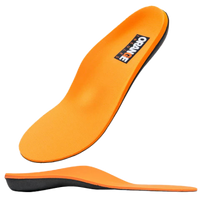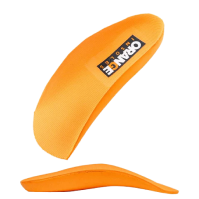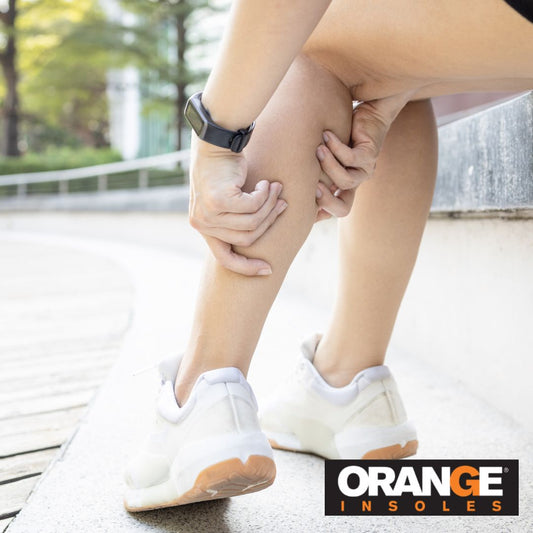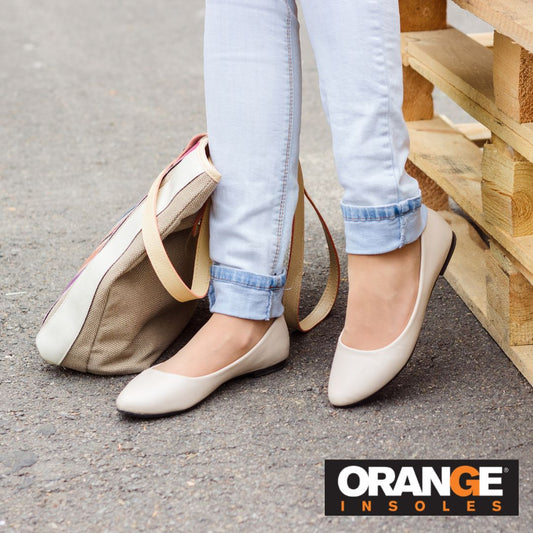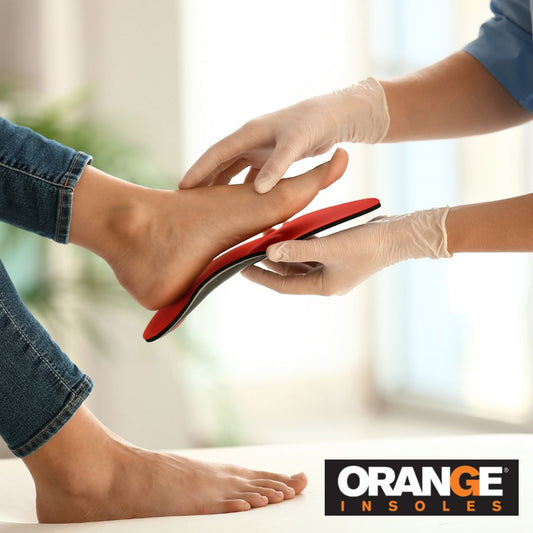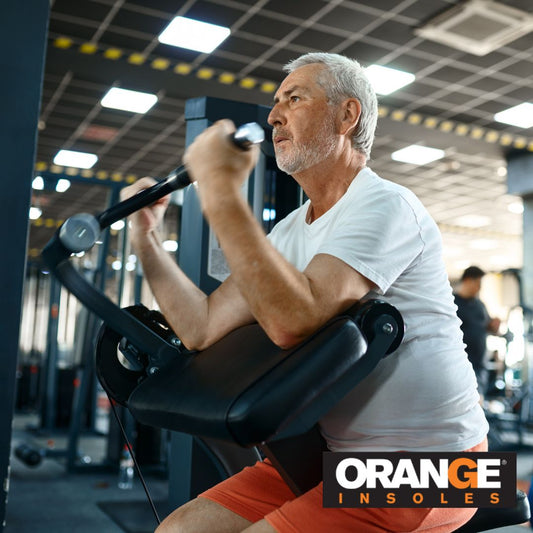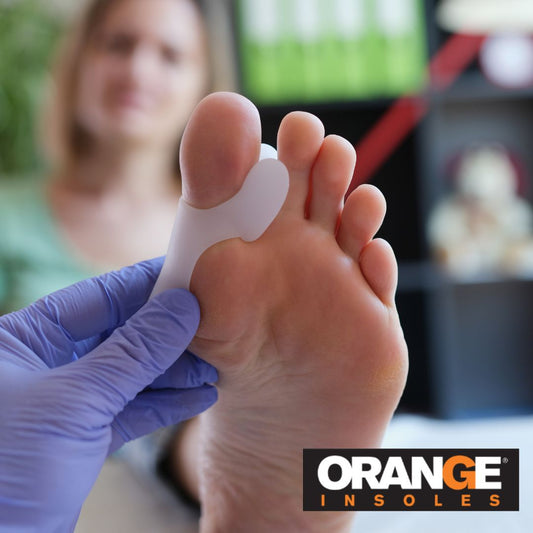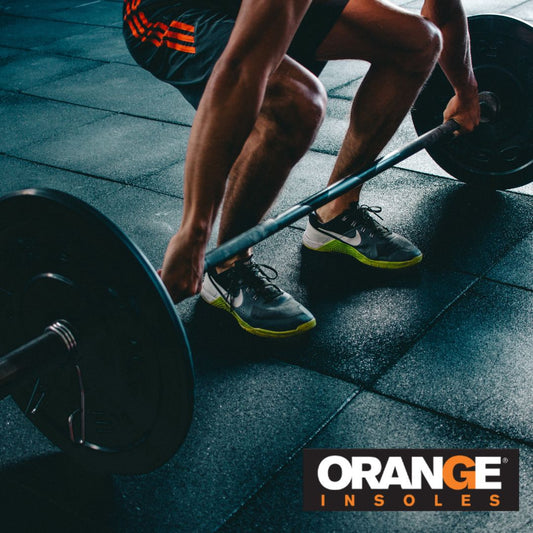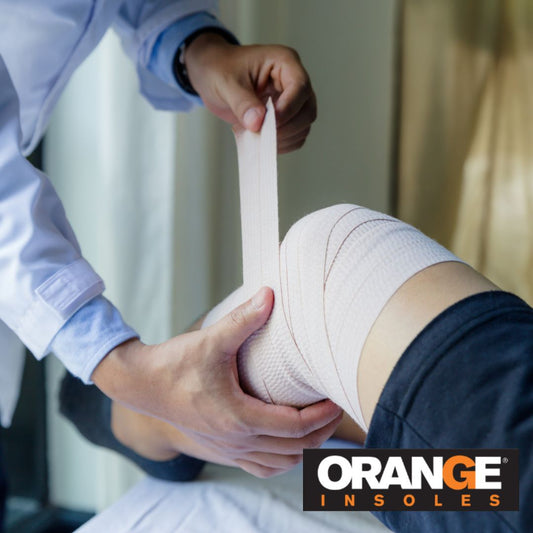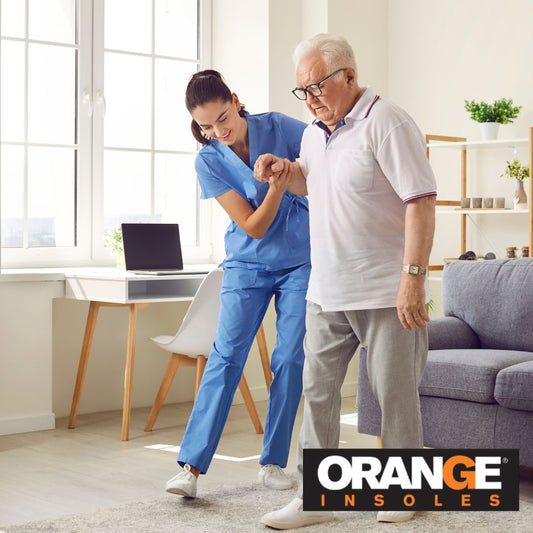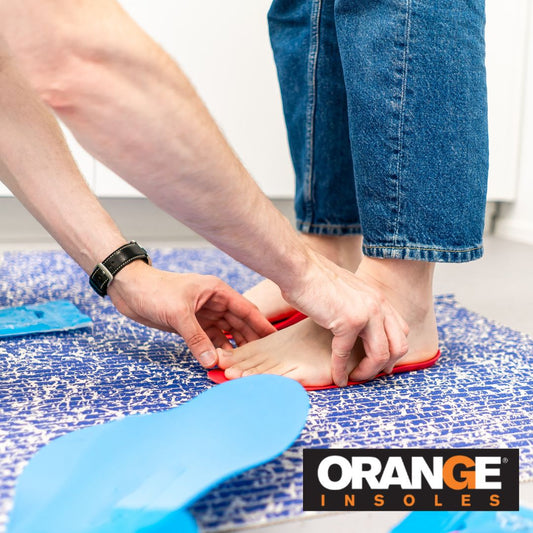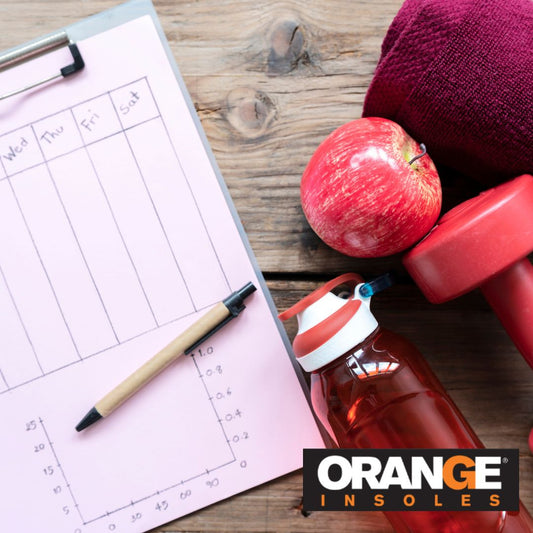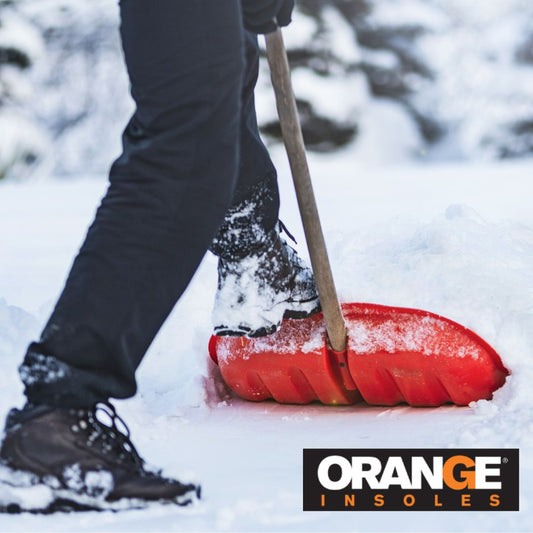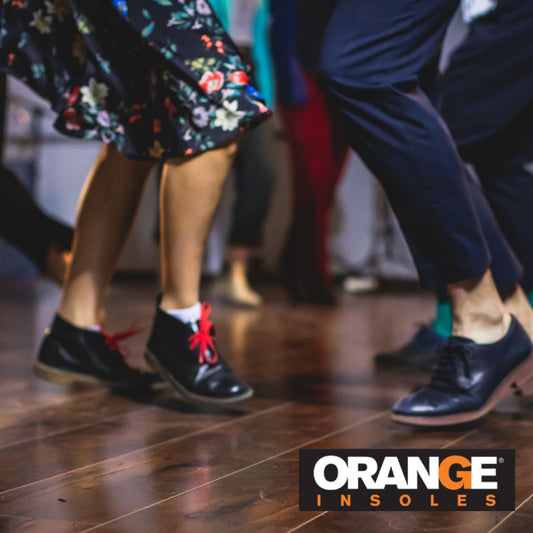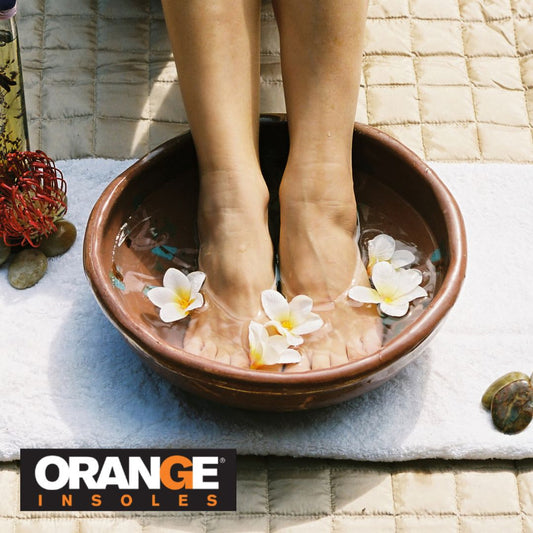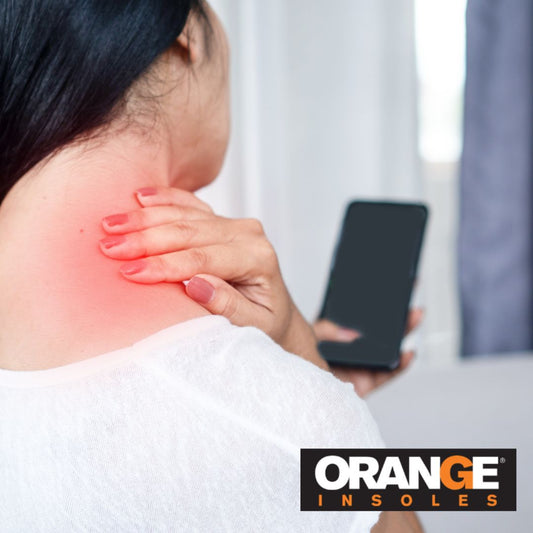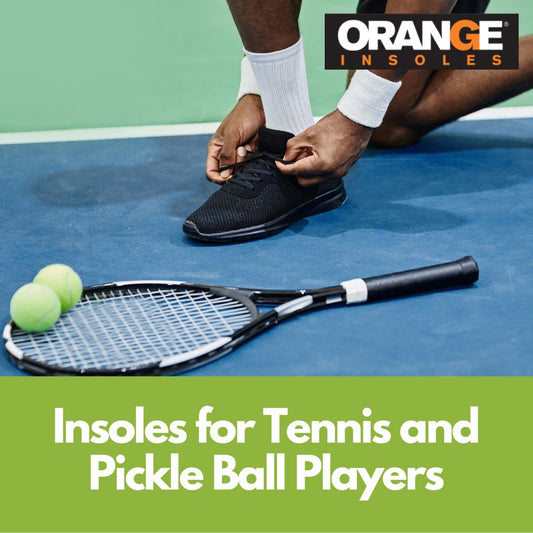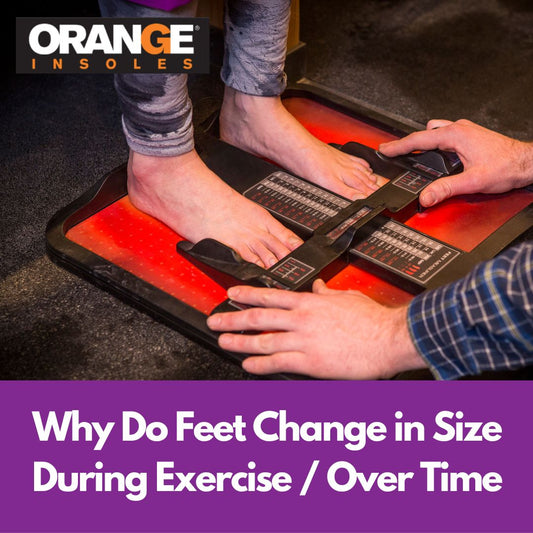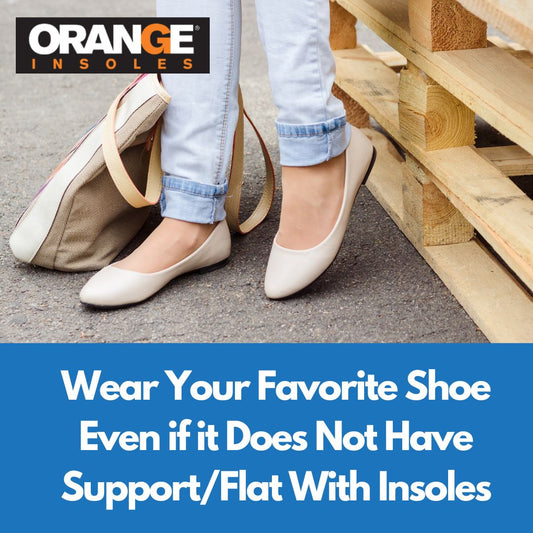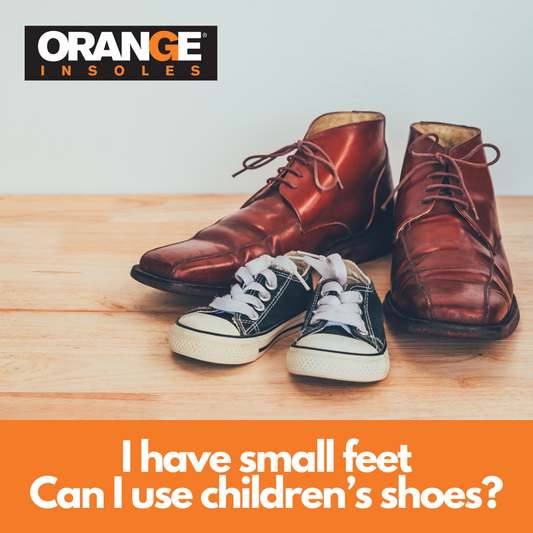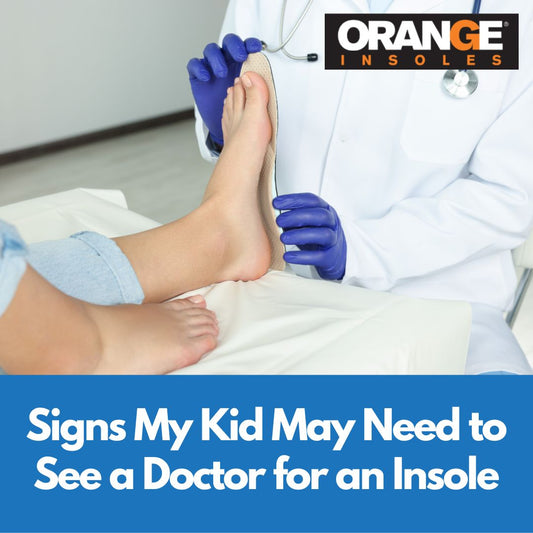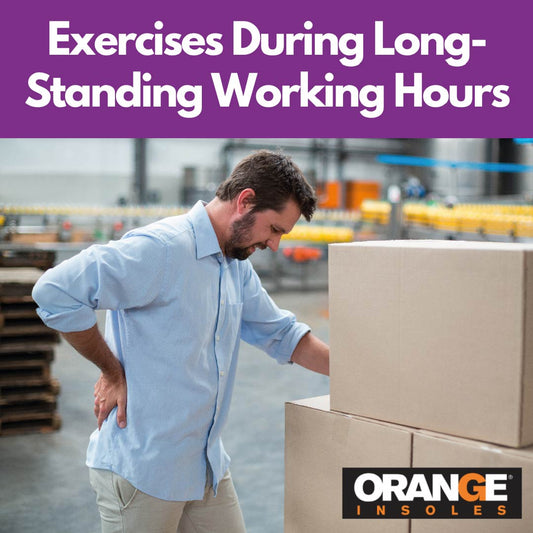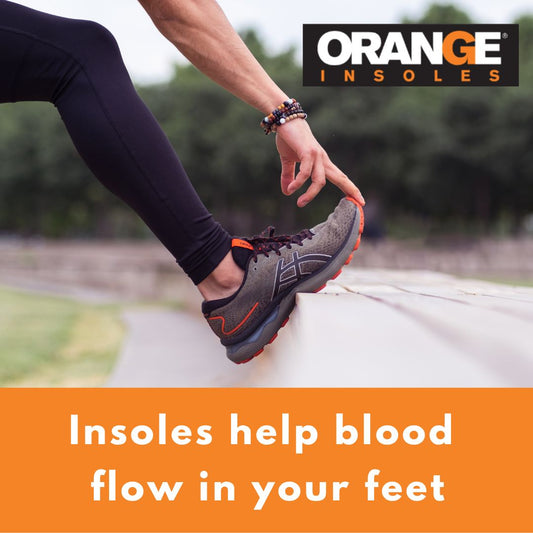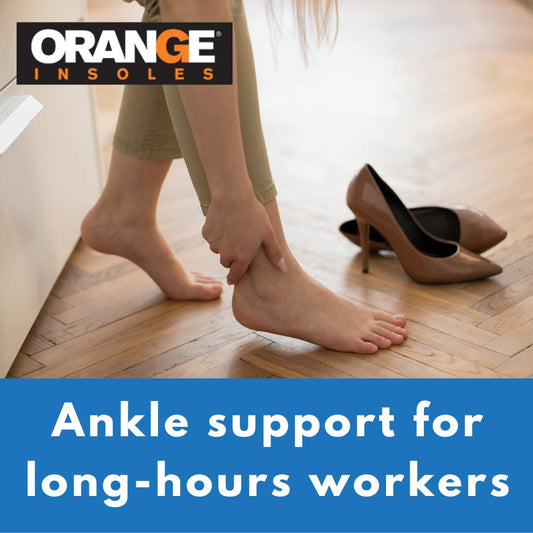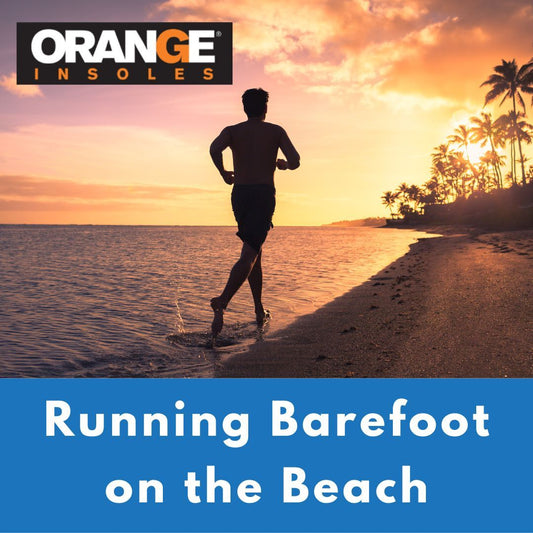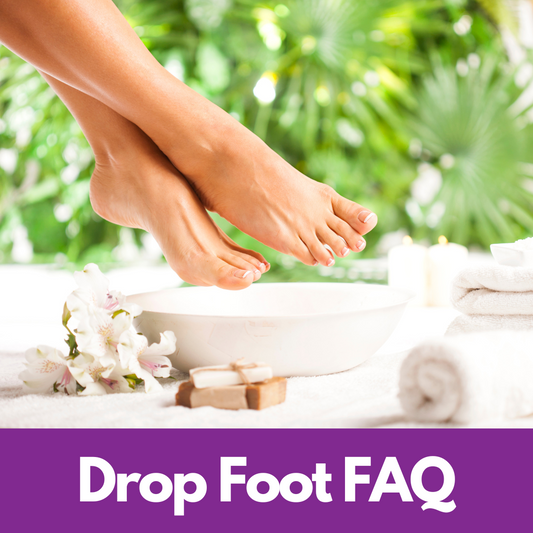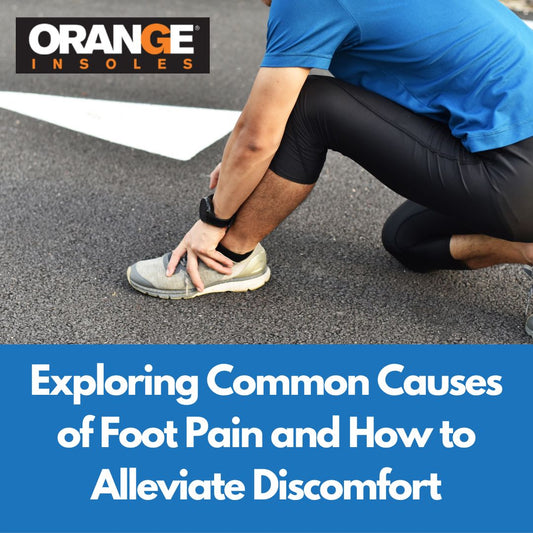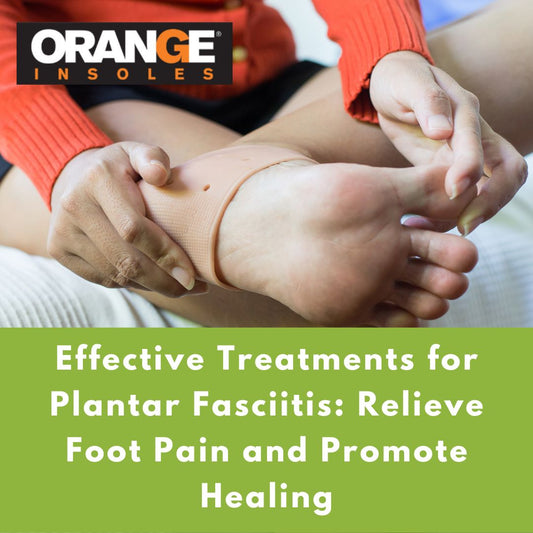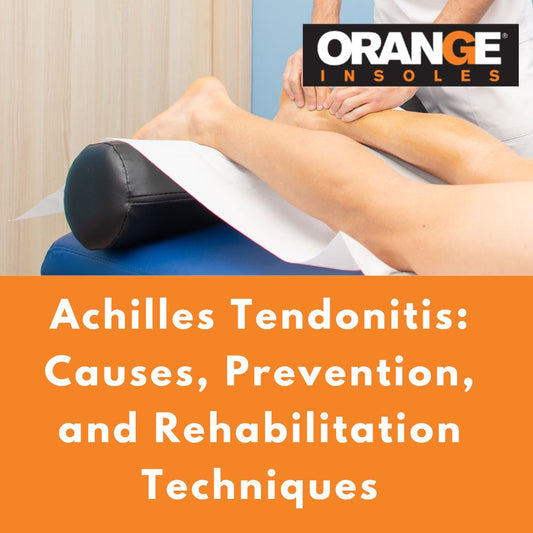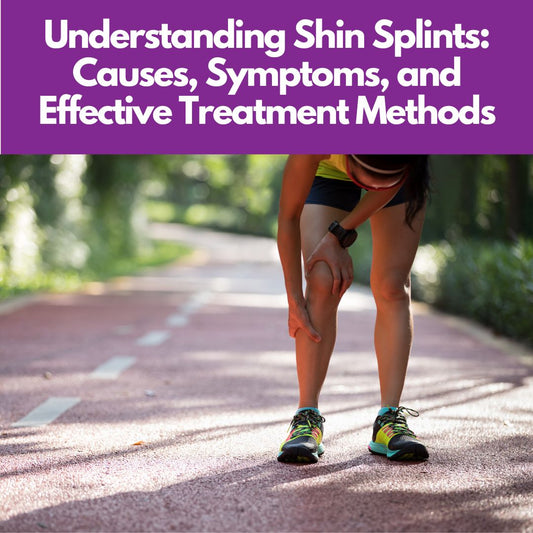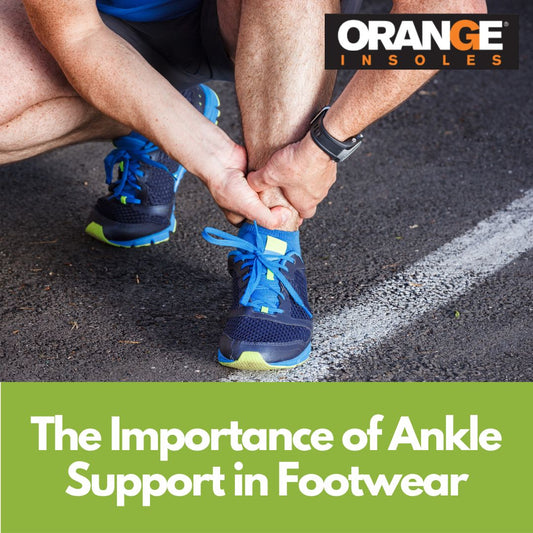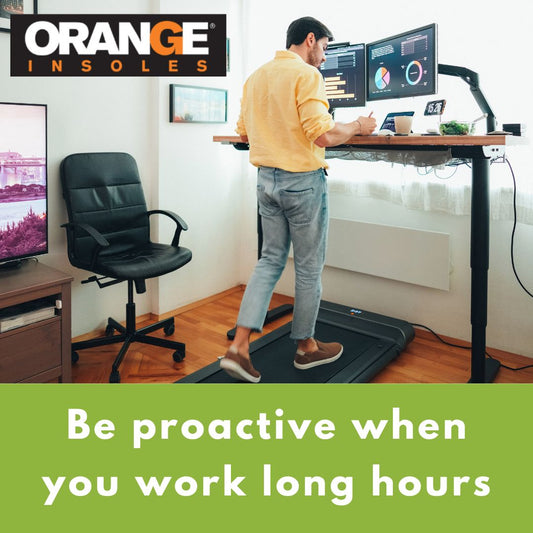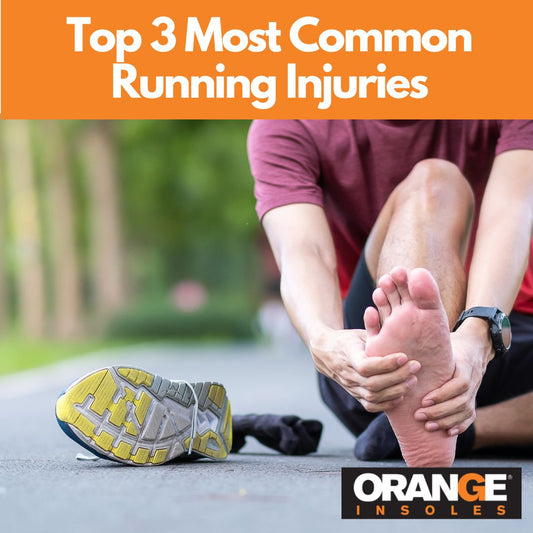We all know our feet go through a a lot to carry us through our days. But what we might not know is how important of a role the arch of our foot plays in supporting the rest of our bodies.
That’s why we’re dedicating this post to summing up all the information we’ve offered in the past about arch support.
The Role of Your Arch
For such a little part of your body, the arch plays a pretty big role In preventing pain and injury. Our arches help keep us balanced and help our feet adjust to a variety of different walking surfaces. The arch bears the weight of the body and it is designed similar to a spring. It not only helps propel us forward when walking or running, but helps absorb the shock experienced during these activities.
So what happens when that spring doesn’t spring? If your arch doesn’t work like it should, because it’s too high or too low, the shock normally absorbed through the arch radiates into the rest of the body leading to pain and complications.
What’s Your Arch?
If you have unexplained foot, leg, or even low back pain, it could be due to the arch of your foot not supporting you like it should.
What to know if you have an average arch (don’t worry, that’s good!)? Try the “wet test.” After you give it a go, read on to learn more about your arches and how to support them.
Flat Feet
Flat feet lack a medial arch (the main arch we can actually see in our feet). If you have flat feet you’ll probably see it…but you’ll also feel it.
Flat feet aren’t just a problem because they’re flat but because while you’ll not only likely feel discomfort that can extend into your calf and your lower legs, you might even experience over pronation.
Pronation itself is good. This is the movement of your foot when it rolls in, or pronates, during normal movement, like walking. Pronation provides natural shock absorption as you walk.
The problem occurs when your foot rolls in too far, creating overpronation. If you're overpronating, you're rolling your foot in too far. This can lead to a number of problems in a number of areas including your knees, hips, and lower back.
Taking Care of Flat Feet
If you have flat feet, you'll need the right kind of support. You'll want to make sure you wear shoes with a wide base as they offer more support. With too narrow of a base, you risk your foot hanging over the edge and pulling you out of alignment. You should also look for a midsole with a high contour. A higher contoured midsole means more medial arch support.
Adding an insole that lifts under the arch can give you lift you don't already have and help align the lower extremities to distribute weight more evenly.
High Arches
As opposed to flat feet that lack a medial arch, high arches occur when you have a significant arch in the middle of the foot.
High arches will make themselves known most during physical activity, but we’re not just talking sports. People who are on their feet a lot will feel the effects of a high arch and will have sore feet more often than someone with an average arch.
Taking Care of High Arches
Unfortunately, there's no "cure" for high arches, but if you have high arches, you definitely need extra support both from your footwear and maybe even an insole.
It's important to consider your instep when you picking out the right footwear for high arches. Too narrow of a shoe will compress the nerves in your instep so make sure to pick a wider shoe for plenty of room. Look for a neutral, flexible shoe with plenty of cushion and lots of shock absorption (because your spring doesn’t work quite right).
An insole can also add support a shoe might not have. The contoured arch, heel cup, and metatarsal pad in Orange Insoles can help hold your foot in the correct position, which can make sure you have correct weight distribution and help keep your whole body in alignment. It's also important to make sure you are getting the right size shoe, so make sure to measure your feet!
The Truth About Support
The most common aid for flat feet and high arches is a good insole, but before you buy, you’ll want to know a little something about the type of support you’re getting. When you start researching insoles, don’t fall for these common myths.
- They’ll make you feel better right away: Any truly helpful solution will take time to work
- I don’t need insoles if I’m not in pain: Using insoles is a great to prevent pain in the future
- The softer the better: A firm insole will actually provide better support
- Everyone needs custom insoles: While you might if your flat feet or high arches are extreme, most people can find an Orange Insole that fits their needs for a fraction of the price
Don’t let a high arch (or lack thereof) slow you down. Keep a spring in your step no matter the size of your arch by making sure you’re getting the right support.
